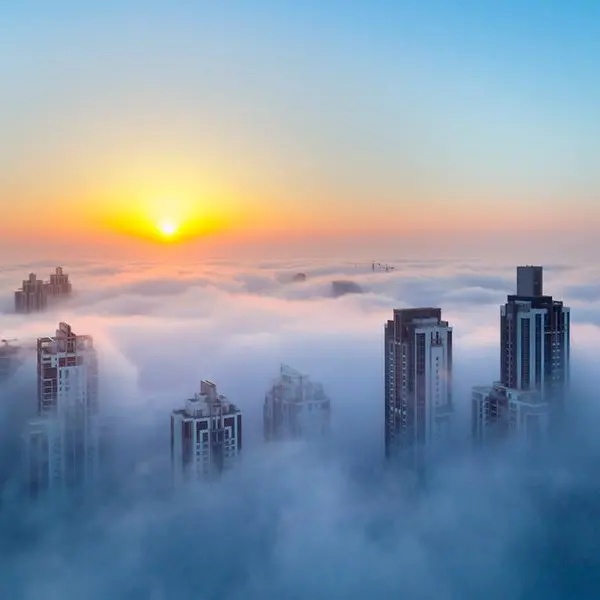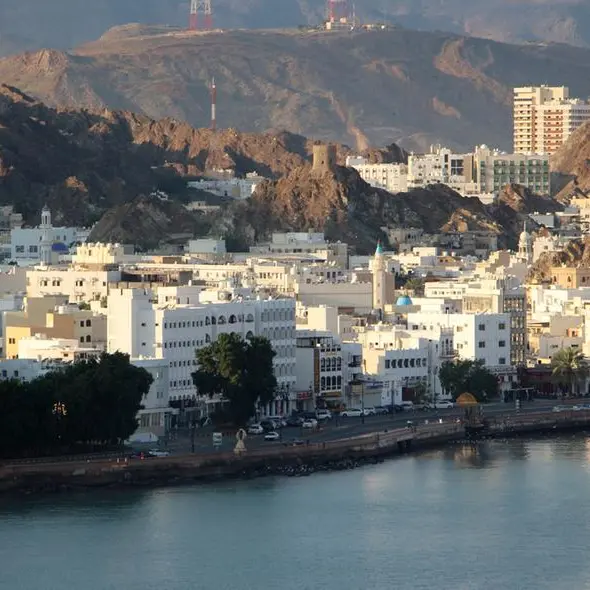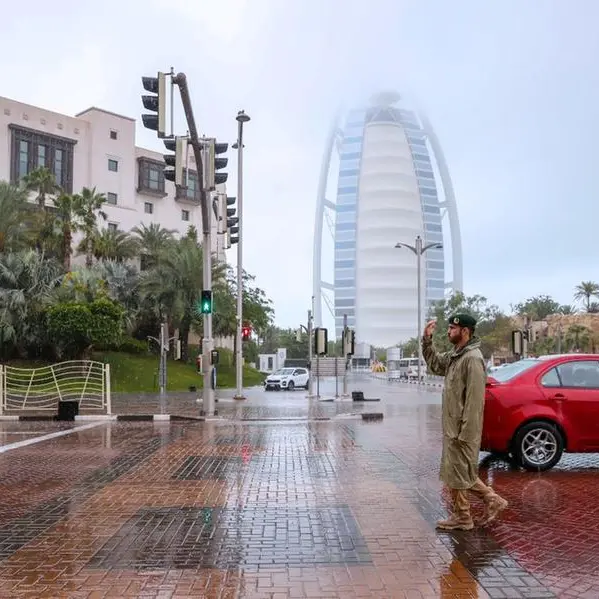Muscat: South Sharqiyah and Muscat governorates reported the highest numbers of drowning accidents, with two taking place in each of the governorates during the first six months of 2021.
Coast Guard police added that Dhofar and North Batinah reported one drowning each, while there were no accidents seen in Musandam, Al Wusta, and South Al Batinah.
Rescue teams have dealt with the drowning incidents as professionally and accurately as possible, thanks to which they were able to save a number of people.
Those between the ages of seven and 30 are among those most commonly involved in drowning cases.
“To avoid and reduce such accidents, beachgoers must have the necessary safety equipment while visiting the beach,” advised the Coast Guard Police Command.
“Please also avoid swimming near strong currents or prohibited areas. Stay away from deep water, ensure that children are monitored while they are swimming, and avoid the risk of swimming for long distances without adequate physical fitness.”
“Furthermore, avoid swimming after sunset due to the lack of visibility and the difficulty of tracing missing persons after dark,” added the ROP, as reported by Oman News Agency (ONA).
Lack of awareness is the number one cause behind drowning accidents on the beach and by the seashore.
When beachgoers swim in dangerous places, and during unsuitable weather that leads to high waves, they increase the risk of drowning.
Swimming in areas of strong backlash is also one of the main causes of drowning, as these are caused by flow of water from the shallow areas of the sea, to the shore.
These waves are about 10 metres long, three metres wide and can reach speeds of up to 9 km/hr.
People might be excessively confident of swimming for long distances without taking into account the limits of their energy and fitness, making them vulnerable to such accidents.
With the Khareef season in Salalah currently underway, the Civil Defence and Ambulance Authority has asked people to not swim in wadis, pools of water, and the sea.
“Do not swim along the beaches due to the turbulence of the sea and the associated currents,” said the CDAA in its Safety in the Khareef advisory. “Do not swim in the water springs.”
“Drowning accidents are considered very painful and frequent, and normally take place in areas in the wadis and beaches where people try to take comfort from hot weather and enjoy the beauty of nature,” added the CDAA in a statement.
“The victims are normally people who do not know how to swim, as well as small children.”
Safety measures that can be taken to minimise drowning including swimming in designated areas, providing safety rings and jackets to swimmers, not filling swimming pools up to capacity, and ensuring your children have exited the pool when you leave the area.
Pools must also be fitted with fixed metal ladders as well as safety handles throughout. It is also important that a person who knows how to swim watches the children while they are in the water.
The most common areas where drowning occur are beaches, wadis (particularly during flash floods), irrigation canals, dams, pools of water, wells, and open water tanks.
© Muscat Media Group Provided by SyndiGate Media Inc. (Syndigate.info).



















